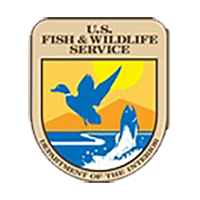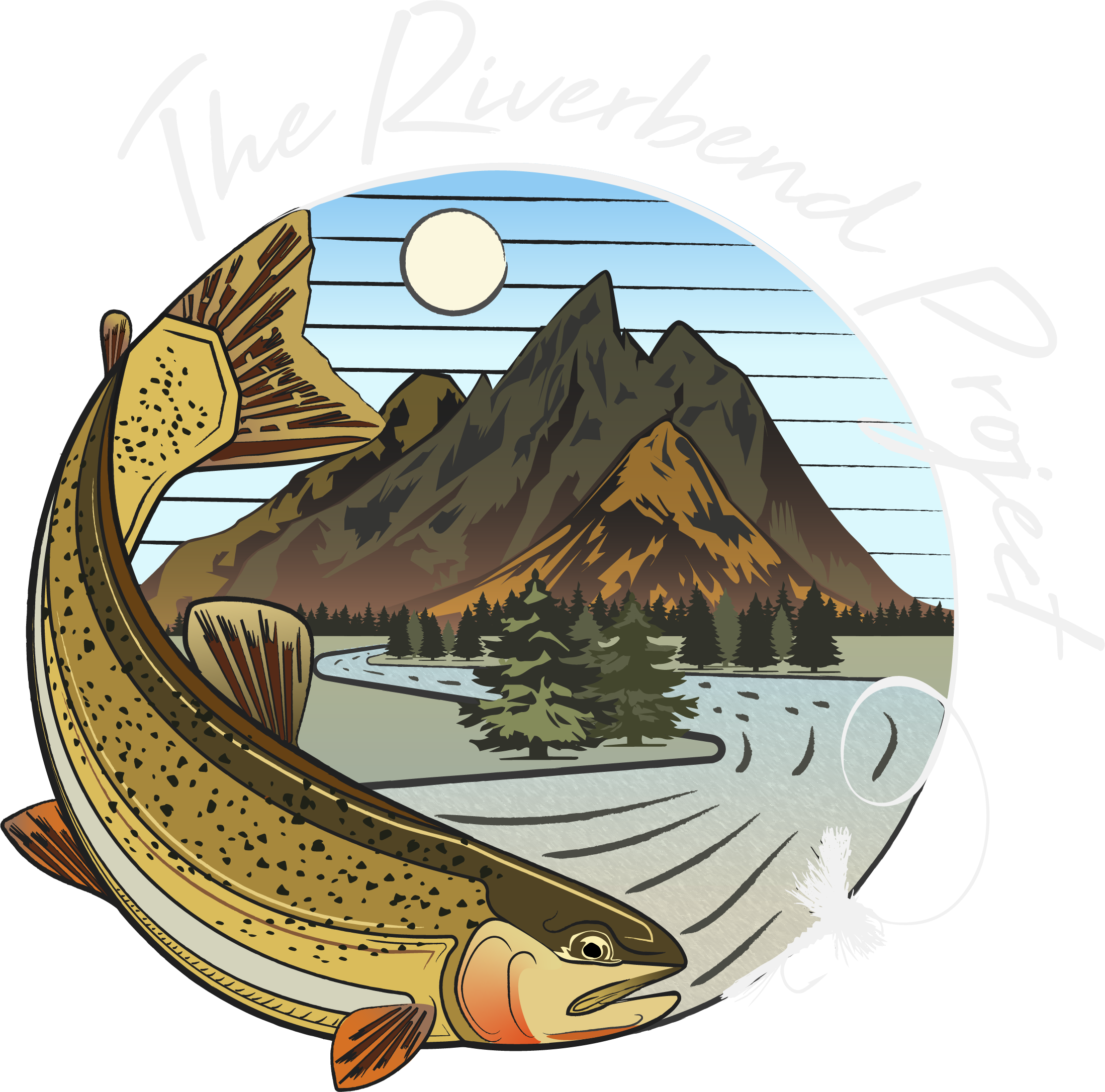The Importance of Catch-and-Release
Jackson Hole’s rivers, such as the Snake River, are home to one of the largest populations of native cutthroat trout in the world. Implementing catch-and-release practices is essential to maintaining these healthy fish populations and ensuring a high-quality fly fishing experience over time.
Best Practices for Catch-and-Release
- Use Barbless Hooks and Artificial Flies: Barbless hooks are easier to remove, causing less damage to the fish. Artificial flies and lures are recommended as they are less likely to be deeply swallowed, reducing internal harm.
- Handle Fish with Care: Always wet your hands before touching the fish to protect its sensitive skin and scales. Avoid squeezing the fish or placing fingers in the gills, as this can cause injury. Whenever possible, keep the fish in the water to minimize stress. wgfd.wyo.gov
- Be Mindful of Water Temperature: Fish, especially trout, are sensitive to water temperature changes. Warmer water holds less oxygen, which can greatly stress fish. If water temperatures are approaching the upper tolerance level for the species you’re targeting (generally above 68°F for trout), consider fishing early in the morning or late in the evening when it’s cooler.
- Revive Before Release: After a catch, hold the fish gently in the water, allowing it to regain strength before swimming away. This ensures the fish can return to its habitat safely.
Our Commitment to Conservation
As a Bridger-Teton National Forest permittee, Teton Troutfitters has access to over 30 miles of the upper Snake River. We tailor each trip to the angler’s ability level and current conditions, all while emphasizing sustainable fishing practices. Our guides educate clients on the importance of conservation, ensuring that every fishing adventure contributes positively to the ecosystem.
By practicing and promoting catch-and-release fishing, we aim to preserve the rich angling traditions of Jackson Hole for generations to come. Together, we can enjoy the sport we love while safeguarding the delicate balance of our aquatic ecosystems.





